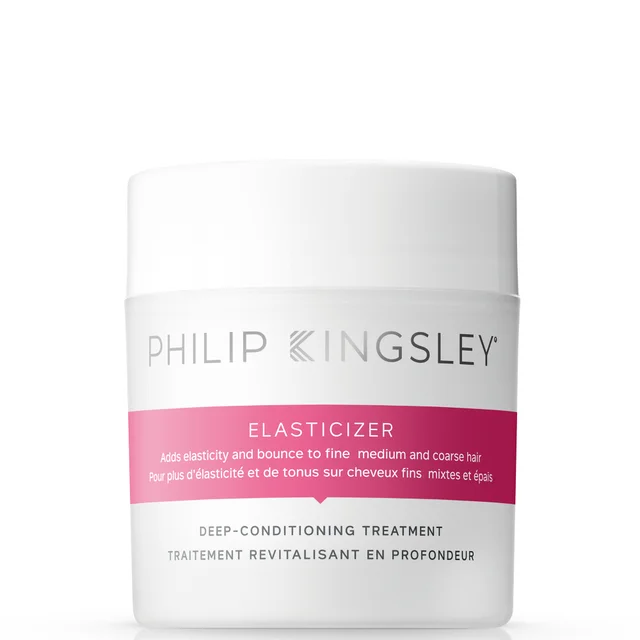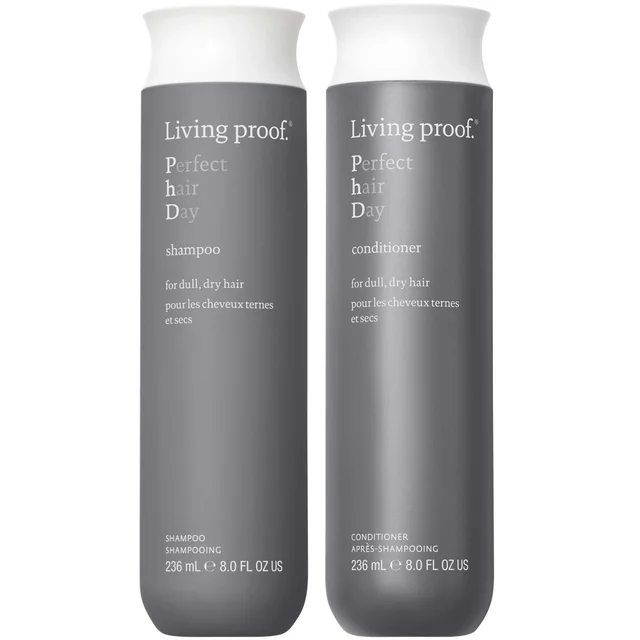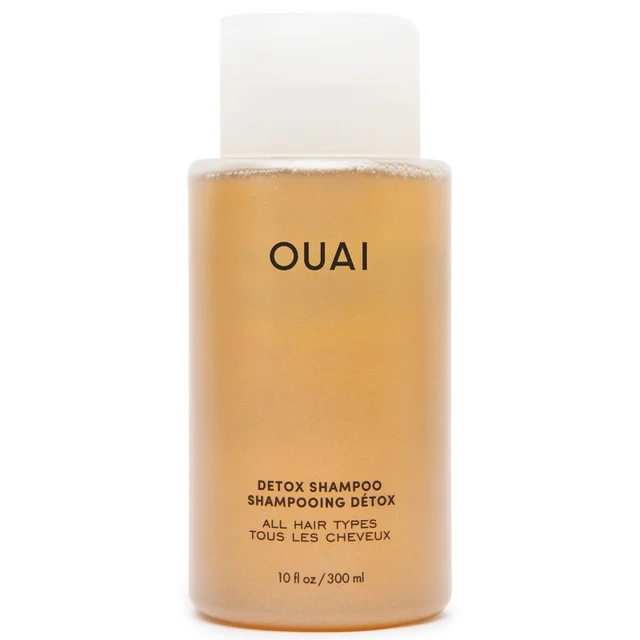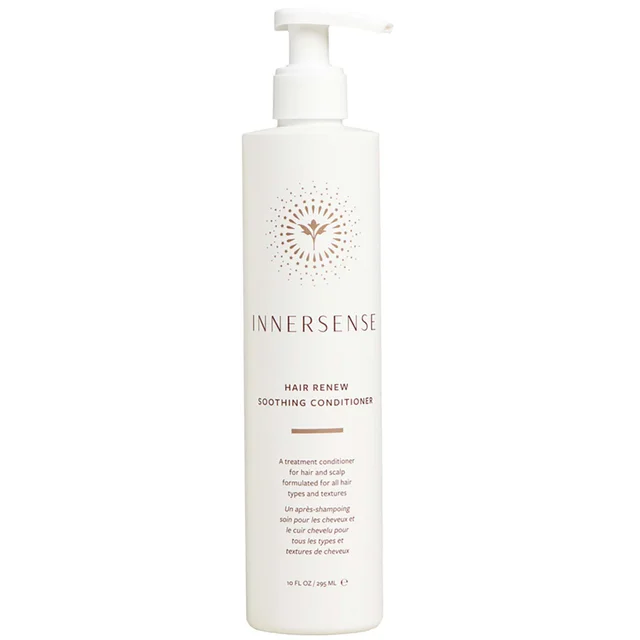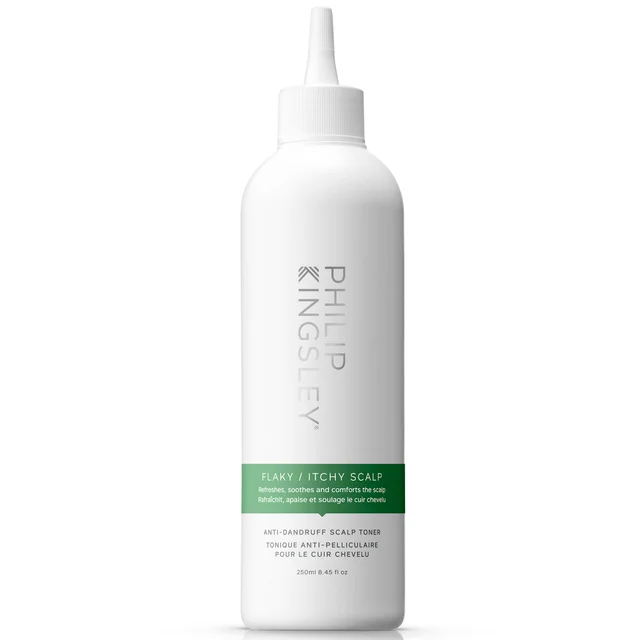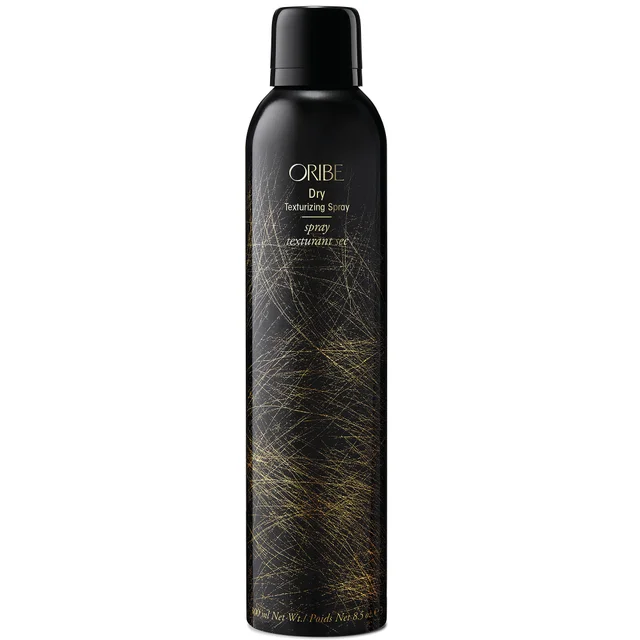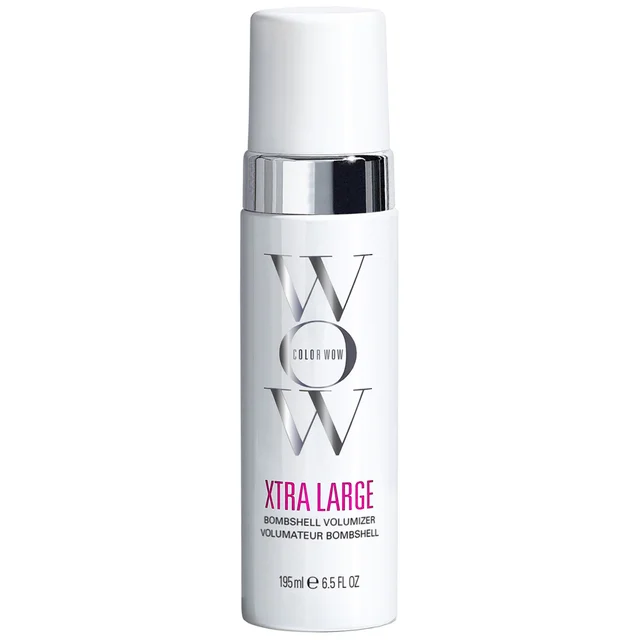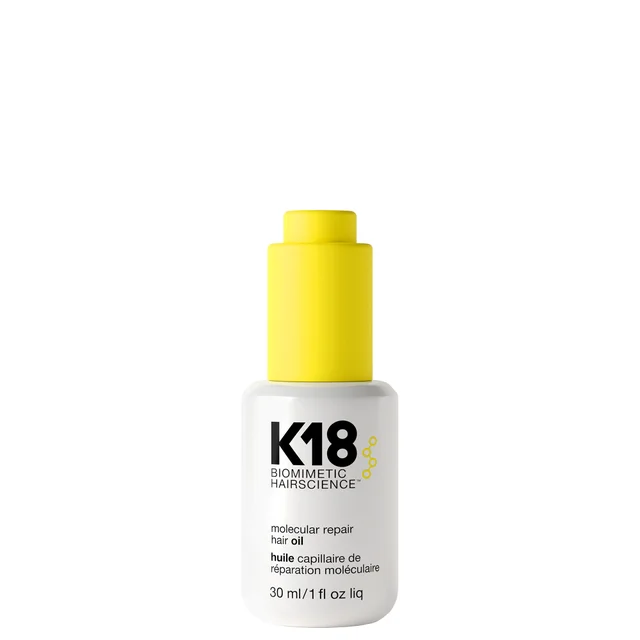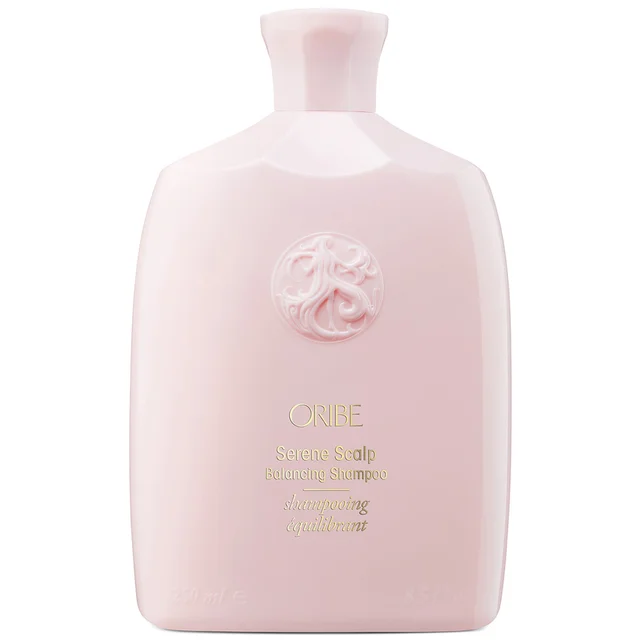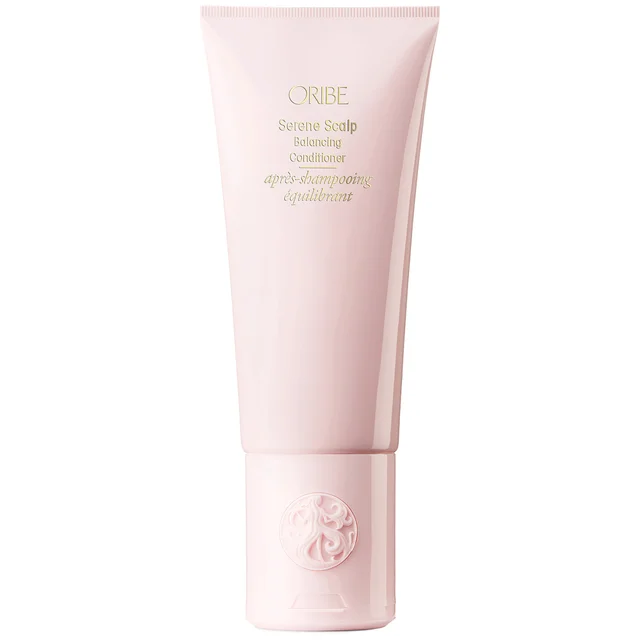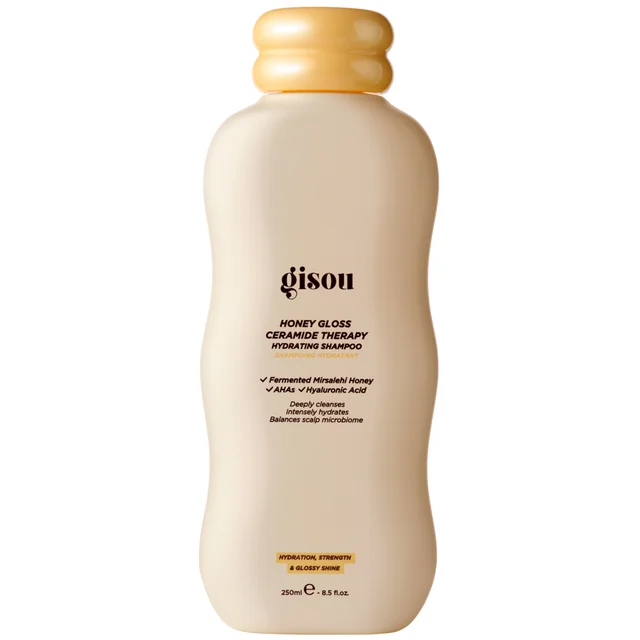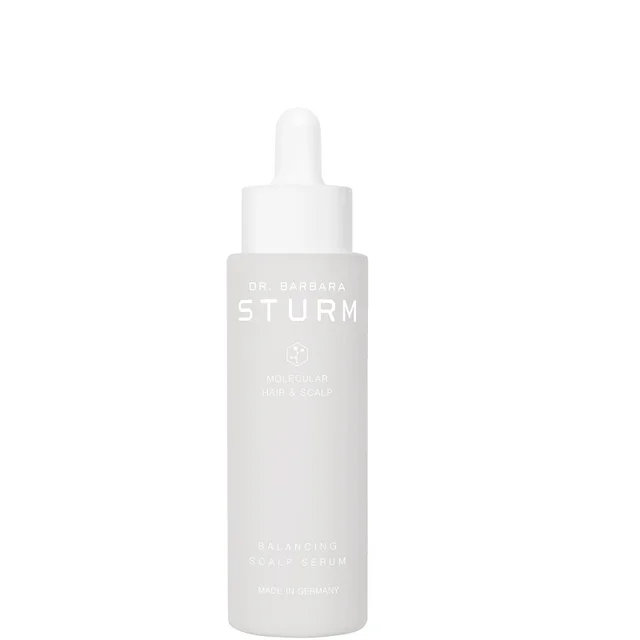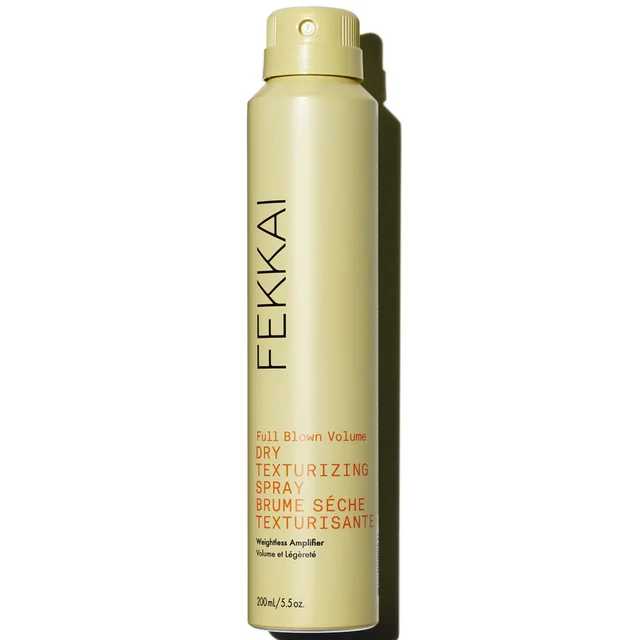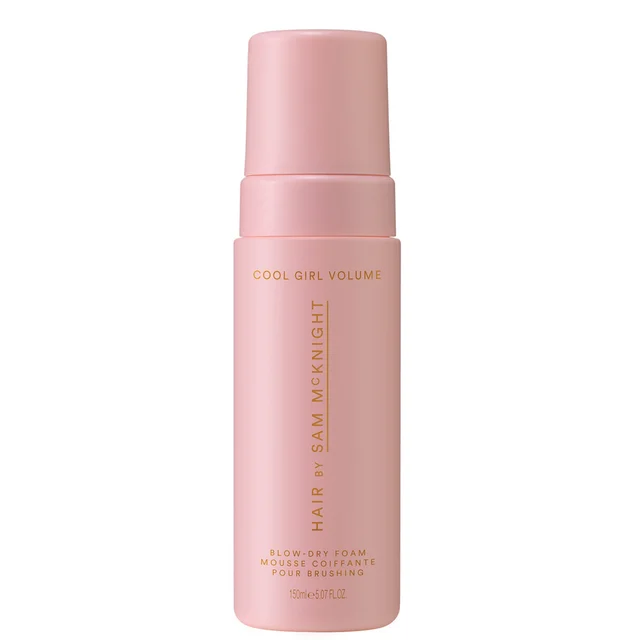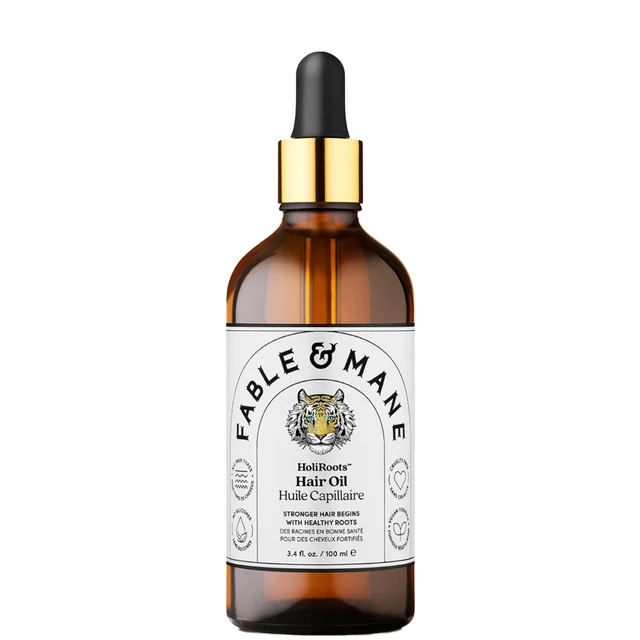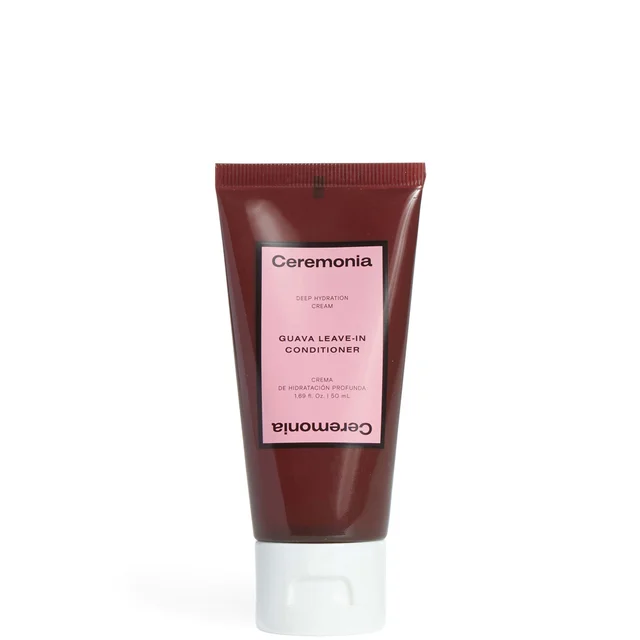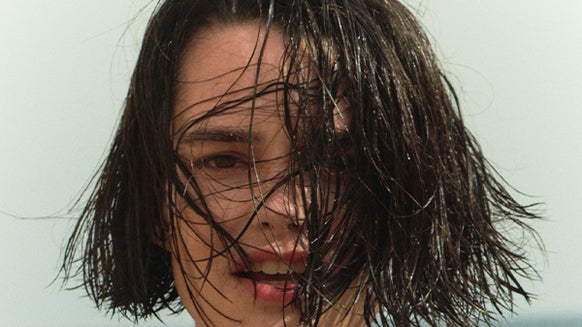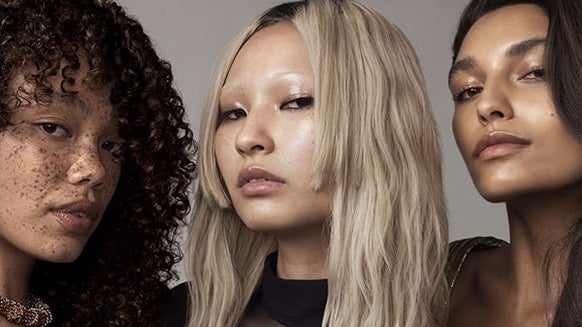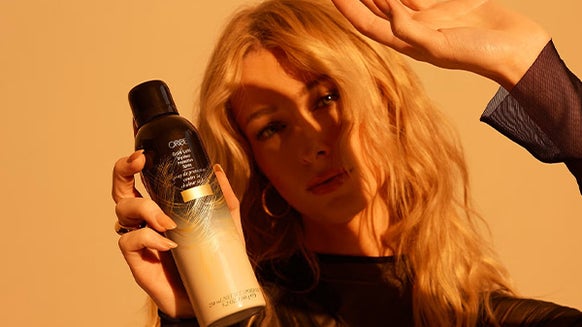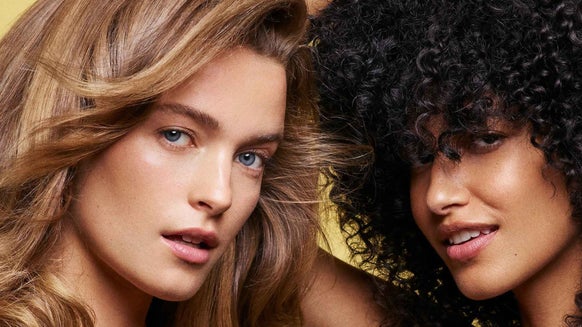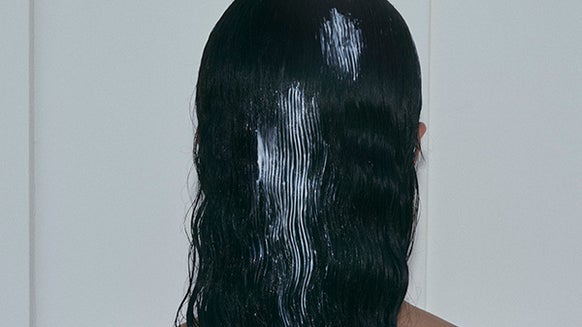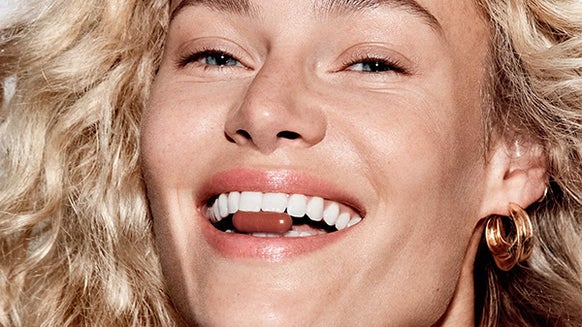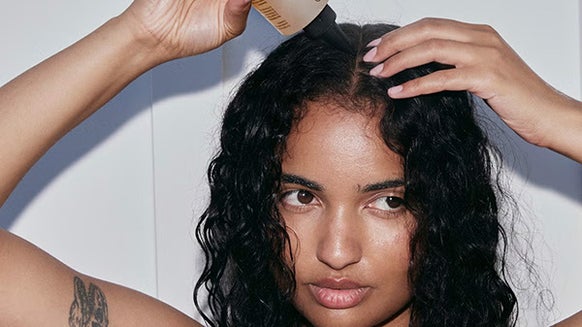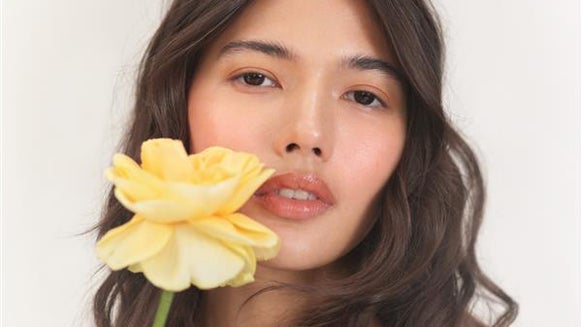HAIR CYCLING: THE SECRET TO SHINY STRANDS
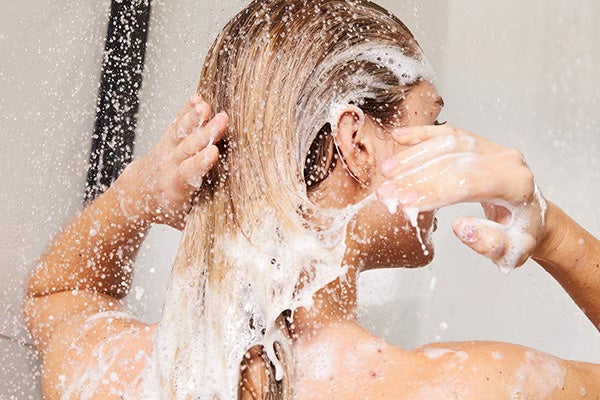
You’ve probably heard of skin cycling — the popular skincare method where you rotate products to give your skin exactly what it needs on any given day. Well, the same smart, tailored approach is now making waves in haircare space.
Cue: hair cycling.
Just like our skin changes with the seasons and lifestyle, so do our hair and scalp. Hair cycling involves switching up your hair care products based on these changing needs, helping your strands stay healthy, hydrated and strong. Instead of using the same shampoo and conditioner every day, hair cycling encourages you to rotate cleansing, conditioning and treatment products to match your lengths’ current condition.
With that in mind, we caught up with Philip Kingsley’s Brand Owner & Consultant Trichologist, Anabel Kingsley, to understand what hair cycling really is, why it works and how to build a flexible, personalised routine to keep your hair looking its absolute best. So, let’s dive straight in…
IN THIS ARTICLE:
- What Is Hair Cycling
- Benefits of Hair Cycling
- Anabel’s Hair Cycling Routine
- Anabel’s Hair Cycling Top Tips
- Hair Cycling FAQs
WHAT IS HAIR CYCLING
Hair cycling is the practice of switching up your hair care products based on your mane’s changing needs and/or the condition of your scalp. As your strands’ condition evolves over time, products that once worked perfectly may no longer be as effective. For example, Anabel explains that “your locks may feel drier in the summer or after you’ve had them coloured, therefore, at that time they will require formulas that strengthen and moisturise them.”
Hair cycling also adapts to the style you want to achieve. “A voluminous blowout will last longer if you use a cleansing shampoo and texturizing sprays, whereas natural curls or a slicked-back do respond better to conditioning products” Anabel adds. What’s more, hair cycling considers scalp health. Depending on your scalp’s condition, you might need a deeper cleanse, soothing ingredients or anti-flake treatments. A case in point? “If you usually use a very mild shampoo, you may need to shampoo with a stronger cleanser once a week to remove any product residue (AKA a clarifying shampoo). And if you live in or are travelling to a hard water area, a metal detox shampoo can work wonders.”
The most important thing to remember, however, is that “hair does not get used to the same products – it’s simply that the condition of your locks changes, so what once worked for you may not anymore” Anabel reminds us. This is why hair cycling is such an effective way to maintain healthy, happy and hydrated hair all year round.
BENEFITS OF HAIR CYCLING
Hair cycling is no longer just a trend. “People are starting to see they don’t have to be rigid with their hair care routine. Tailoring your products to suit your hair’s changing needs and styling goals often works better. What products work for your hair depends on factors such as humidity, how your scalp is behaving, your menstrual cycle, the water hardness in your area, as well as your hair’s length and condition and the life stage you are in.” So, by adjusting your products to match your hair’s evolving needs, hair cycling offers a range of benefits that traditional one-size-fits-all routines simply can’t deliver. Keep scrolling to see just some of the reasons why you should consider hair cycling.
Customised Care
Your hair isn’t static; it changes with the seasons, treatments and even your lifestyle. Hair cycling lets you tailor your routine to these shifts, ensuring your lengths get exactly what they need — whether that’s extra moisture during dry months or gentle cleansing after product build-up. This adaptability keeps your hair balanced and prevents common issues like dryness, oiliness or dullness.
Enhanced Hair Health and Strength
Switching up your products helps address specific concerns more effectively. By cycling in nourishing treatments at the right time, you boost your hair’s resilience and promote long-term health.
Better Scalp Care
We all know by now that a healthy scalp is the foundation to healthy hair. Hair cycling encourages you to listen to your scalp’s needs, alternating between cleansing shampoos, soothing formulas or flake-fighting ingredients as needed. This targeted approach helps maintain scalp balance, reduces irritation and prevents build-up which is crucial for hair growth and overall scalp comfort.
Improves Your Styling Results
Whether you love an at-home blowout or want to embrace your natural tresses, hair cycling optimises your products to suit your style. This means your look stays fresh, polished, and effortless.
Prevents Product Fatigue
Contrary to the myth that your mane gets “used to” products, the truth is its condition changes over time. Hair cycling helps avoid product fatigue by ensuring your hair isn’t constantly exposed to the same ingredients, which can lead to build up or imbalance. This keeps your strands responsive and your routine effective.
ANABEL’S HAIR CYCLING ROUTINE
First things first, before you begin your hair cycling routine, “ask yourself what your main concerns and goals are and select products that address these” says Anabel. While you can expect some trial and error, not to mention it could take a few weeks to nail down your ideal routine, hair cycling doesn’t have to be complicated. And, once you establish what’s right for you, the benefits will be well worth it. Here’s a simple guide to get you started on putting together your personalised hair cycling regime:
STEP ONE: Assess Your Hair and Scalp Regularly
Pay attention to how your tresses feel day-to-day and week-to-week. Ask yourself if they’re too dry or oily? Is your scalp itchy, flaky, or irritated? This will then help you decide what type of product your mane needs at any given time.
STEP TWO: Choose Key Product Categories to Cycle Through
Next, focus on selecting the key types of products to rotate through your routine, ensuring each addresses a specific need your hair and scalp might have. For instance:
Cleansing Shampoo: use a gentle shampoo for regular washing. Once a week or every two weeks, switch to a clarifying shampoo to remove build-up. Conditioner and Treatments: rotate between moisturising conditioners, protein treatments (especially if hair is damaged or chemically treated) and soothing scalp treatments. Styling Products: depending on your desired style, alternate between lightweight texturisers, volumisers or rich creams and oils for moisture and definition.
STEP THREE: Plan Your Weekly Cycle
Now it’s time to organise your products into a simple weekly cycle that keeps your hair healthy and refreshed – and most importantly, that you can stick to.
Regular Wash Days: use your everyday gentle shampoo and conditioner to maintain moisture and cleanliness. Clarifying or Detox Days: once a week (or as needed), swap in a clarifying shampoo or metal detox shampoo to refresh and deep cleanse. Treatment Days: incorporate protein masks or deep conditioning treatments once every 1-2 weeks to repair and nourish. Adjust Styling Products: match styling products to your look and how your hair feels. We recommend using lighter textures for oily or flat hair and richer for dry or textured styles.
STEP FOUR: Be Flexible and Adapt
Your locks’ needs will change with the seasons, lifestyle and treatments like colouring or heat styling, so don’t be afraid to tweak your routine accordingly.
STEP FIVE: Keep Track
Finally, consider keeping a hair diary or notes on what products you have tried and how your hair responded. This helps you identify what works best and when to switch things up.
ANABEL’S HAIR CYCLING TOP TIPS
DO
- Introduce products one at a time, so you can pinpoint what does and doesn’t work for you.
- Have fun. Hair care shouldn’t be stressful. Experiment with different products and don’t overthink it.
Try to address dryness, brittleness and breakage with intensive pre-shampoo treatments. Especially for those with fine hair, heavy post shampoo conditioners or styling creams can make hair limp and greasy looking. With pre-shampoo treatments, the formula is left on your hair long enough for actives to penetrate and then any heavy excess residue is washed away. Use scalp specific products, like exfoliating masks, toners and/or serums to target your scalp’s requirements.
DON’T
Overwhelm yourself. Rather than investing in a cupboard full of new products, start by purchasing mini products to test and trial your formulas before fully committing. - Be rigid. There are no hard and fast rules for hair cycling. everyone’s hair is different. For instance, a friend may benefit from using a clarifying shampoo once a week, whereas you may only need one once every 2 weeks, or not at all.
- Just think about the products you use but also consider how you use them. For instance, if you have finer hair, less is usually more when it comes to applying anti-frizz and smoothing creams or serums. Curls and coils and coarse hair generally respond better to more product. Start off small and adjust as necessary.
HAIR CYCLING FAQS
Is rotating shampoo good?
Yes, absolutely… rotating your shampoos can be really beneficial for your hair and scalp. Using different shampoos, like a gentle daily cleanser along with a clarifying or detox shampoo once a week, helps prevent product build-up, balances scalp health and addresses changing hair needs. As we know from the benefits of hair cycling, switching things up keeps your locks looking and feeling fresh, clean and ready to absorb nourishing treatments better.
Does hair cycling increase hair growth?
While hair cycling itself doesn’t directly speed up hair growth, it creates the ideal environment for healthy hair to thrive. By addressing your scalp’s needs, hair cycling helps maintain a balanced scalp, which is essential for optimal hair growth. Healthy hair and optimal scalp vitality means your strands are stronger, less prone to breakage and better able to grow out over time.
Can hair cycling reduce hair fall?
Yes, hair cycling can help reduce hair fall by keeping both your scalp and hair healthy. When you tailor your routine to your mane’s everchanging needs, you create a balanced environment that supports hair retention. An unhealthy scalp or product build-up can stress hair follicles and contribute to shedding, so cycling products helps prevent those issues.
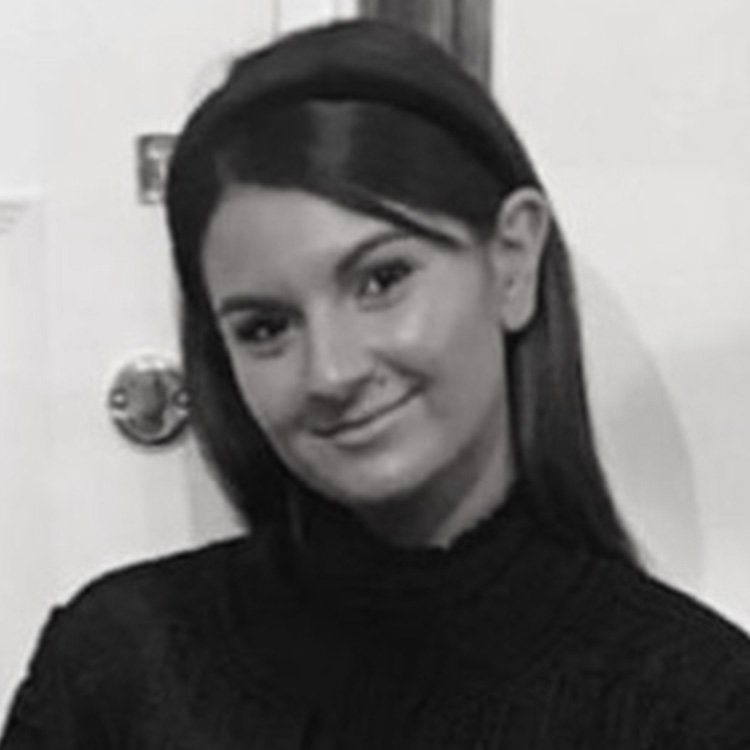
Cult Beauty’s Senior SEO Copywriter, Trifonia started out in the industry when bold brows were just becoming a ‘thing’, and shares a passion for all things fashion and beauty. Currently embracing her curly girl journey (after endless years of straightening her strands), she is finally reverting to her natural ways! When Triffy isn’t busy testing out the latest curl-saving solutions, you’ll find her binging the latest reality TV show or on a long walk listening to her ever-evolving country music playlist.
